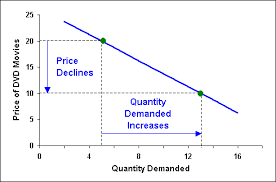
This time I will tell you about numbers which are the very foundation of Economics.When I make my Businessmen friends understand the importance of knowing numbers before making business decisions, their immediate reaction would be – Patty do you think I can really understand numbers? Do you think I can read a financial statement? I was not good at math when I was in school. I did not study any subject related to accounting, when I was in my college. Well friends let me tell you something. Even I do not have commerce or accounting background. I am a Civil Engineer. I did my masters in Entrepreneurship but finance was not my main elective. What I am trying to say is you do not have to be a mathematics genius. You do not need to have any kind of finance or accounting background to understand reading financial statements.
It was an article that got me excited about finance, and then I started my journey to learn more about it. I spent more than 200 hours with senior chartered accountants to understand numbers, to demystify numbers for a layman. Throughout this blog I will be using my philosophy which is KISS – Keeping Information Simple and Specific. Albert Einstein very beautifully said – “If you can’t explain it simply, you don’t understand it well enough”.
It is very simple if you can read numbers as scores in cricket match, or a tennis match you can understand numbers. So do not get misled by people who say numbers are difficult. Reading Financial statements is as easy as reading a magazine or a newspaper. Just need to know how.







